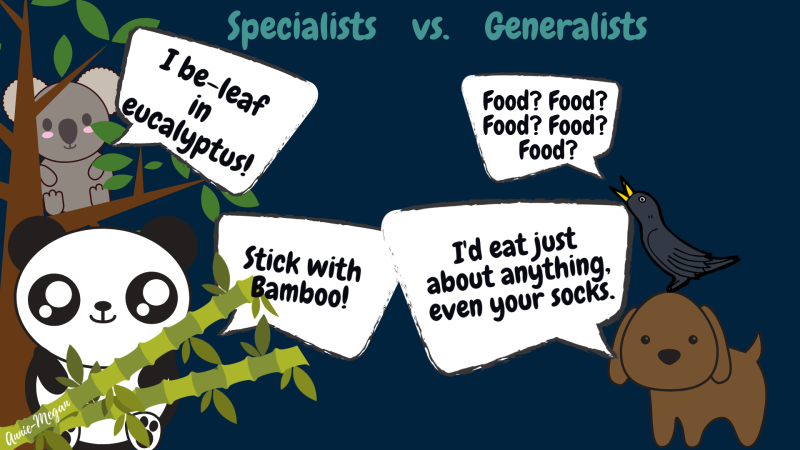
“What had that flower to do with being white
The wayside blue and innocent heal-all?
What brought the kindred spider to that height,
Then steered the white moth hither in the night?
What but design of darkness to appall?
If design govern a thing so small.”
--Robert Frost, in his poem Design
Since time immemorial, we have been in awe of the Nature around us and several people, like Robert Frost, have questioned creation and life using observations from our surroundings. If you have ever visited a zoo, you may have observed that some animals, like the Giant Pandas and the Koalas, eat specific food—it’s bamboo shoots for the former and eucalyptus leaves for the latter. However, other animals such as crows and dogs eat almost everything and survive!
The lives of plants and insects are no different.There are over 500,000 ‘phytophagous’ insects that use plants to feed on, mate, and lay eggs, and together with the plants they feed on, they comprise nearly half of all living species. Many of these insects are ‘generalists’—they can feed on any plant. For example, the cotton bollworm caterpillar makes use of many plants as ‘hosts’ and has a varied diet.
There are a few insects that are fussy eaters, or ‘specialists’, that feed only on a few closely related families of plants! Monarch butterflies, for example, are one of these specialists who use milkweeds as their hosts. Insect groups such as aphids (sap-sucking insects), leafhoppers and leaf miners are also specialists.
Being a fussy eater is beneficial both ways! For the insects, they get to eat their favourite food without much competition. They can also camouflage/mimic their hosts and protect themselves from predation. The leaf insect mimics the shape of a leaf with its wings and legs to avoid predation. In some cases such as the relationship between fig trees and fig wasps, the host plants could have the right pollinators or seed dispersers in these ‘specialists’, thus benefiting both the parties.
Sometimes, this ‘specialisation’ could also lead to reproductive isolation among host plants, where different individuals of related species are prevented from interbreeding. This accumulation of genetic differences in populations could eventually give rise to new species.
However, being fussy also comes with a cost. With the recent trends in habitat loss and climate change, these host plants could be one of those affected and threatened to extinction. In such a scenario, the ‘specialist’ insects are also at risk of coextinction.
The changing times seem to be a winning scenario for generalists, who are highly adaptable and can use a wide range of resources to find food, water and shelter. Perhaps, it is the age of the generalists after all?





